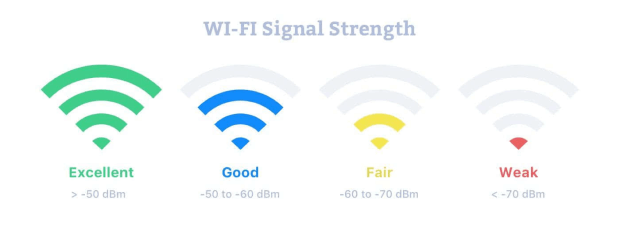
The Supreme Court’s extension of the Bombay High Court’s construction ban until October 23 has come as a relief for real property builders. However, the sense that a month isn’t sufficient because plenty is at stake in the real estate commercial enterprise.
“The Supreme Court extending the stay of the High Court’s order till October 23 is a welcome alleviation for the housing industry, especially in Mumbai. Real property builders and other stakeholders will get a breathing space, not most effective for identifying recent websites but also for complying with the necessities of the Supreme Court. However, some greater time could have been desired. However, we at CREDAI-MCHI might try our first-rate to make sure these troubles are resolved at some stage in this intervening period,” said Rajesh Prajapati, P R Committee Chairman of CREDAI-MCHI.
Meanwhile, housing professionals say that loads are at a country in the real estate enterprise, especially money and employment. According to Pankaj Kapoor, Managing Director of Liases Foras, an actual property research company in the Mumbai Metropolitan vicinity alone, there are four, two hundred tasks, comprising 627 million square feet. The variety of units is 6. Eleven lakh and the cash involved is Rs 7,91,451 crores. Kapoor says that around 35 is in line with a cent of the 6. Eleven lakh gadgets are in Mumbai, and the cash concerned could be 50-60 according to cent of Rs 7, 91,451 crores.
“If the life on production ban is lifted, around 3 lakh laborers who are hired daily will lose their jobs. Also, the cutting-edge actual property market is a fragile margin marketplace; even a mild postpone makes the undertaking unviable. Thus, plenty is at stake,” he stated.
What Does (“PID”) Mean in The Real Estate Industry?
A Public Improvement District (“PID”) is a financing device created through the Public Improvement District Assessment Act as discovered in Chapter 372 of the Texas Local Government Code. The PID permits any town to levy and acquire unique assessments on the property inside the city or in the city’s Extraterritorial Jurisdiction (“ETJ”). A county might also form a PID; however, it must attain approval from a metropolis if the proposed PID is inside the town’s ETJ. The PID establishes a mechanism to finance development tasks by issuing bonds secured via unique taxes levied on all benefited homes. PID bonds may be used to reimburse the developer for eligible infrastructure early in the improvement method, frequently before the remainder of the first domestic.
Public Improvements Eligible for PID Financing are: Acquisition of Right of Ways, Art, Creation of pedestrian shops, Erection of foundations, Landscaping and other aesthetics, Library, Mass transit, Parks & Recreational or Cultural Facilities, Parking, Street and sidewalk. Supplemental protection services for the improvement of the district, including public safety and security services. Supplemental business-related services for the improvement of the district. Water, wastewater, fitness, sanitation, and drainage.
Benefits of a PID
A PID may be set up early in the development process, allowing the developer to be reimbursed under the responsibility of the public infrastructure. Furthermore, unlike a Municipal Utility District (“MUD”), Water Control and Improvement District (“WCID”), or Fresh Water District (“FWSD”), PIDs do not require TCEQ approval. They are ruled via the governing framework of the town or county, thereby alleviating worries concerning board turnover and the board’s integrity. If the town chooses to annex property that is in the boundaries of a PID, the city is not pressured to pay off the tests, and the exams do not affect the town’s debt capability or score.
Structural Analysis And the Real Estate Industry
Structure evaluation is the examination and behavior of a structure that predicts its life and history. Some of the subjects in civil engineering can be concerned with the analysis of the constructed structure and are actually primarily based on their withstand masses. Some of the commonly covered structures are bridges, ships, planes, homes, etc. This subject of engineering carries the fields of mechanics as well as the failure theories associated with them.
There is a first-rate increase in demand for real estate compared to other industries and commercial enterprise sectors. The implementation of structural evaluation is becoming essential in the real estate industry, and it is essential to put into effect in the commercial enterprise spsectorIt may be very critical for every builder and expert in the real estate market to understand the structural characteristics of the construction.
How structural evaluation works
Structural evaluation of homes is expected by using the usage of a variety of emergent and current technologies. To produce the actual production of various forms of systems, residencies, and homes, engineers work on analyzing the structural behavior of the building. Basically works on he principle of predicting the behavior of any shape, irrespective of its layout. A set of certain laws and engineering arithmetic is needed to look at the behavior of structures and buildings. It comprises analyzing the behaviour of any building, based on the underlying predictions –
Handling masses
What is the capability of the construction when it faces heavy pressure and pressure?
Structural evaluation specializes in computing deformations, pressure, and internal forces because climatic and environmental situations are considered to power the design and show the strength of the building without testing, without delay.












